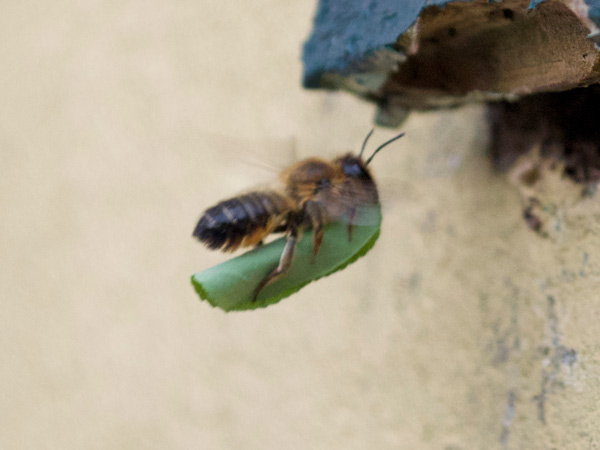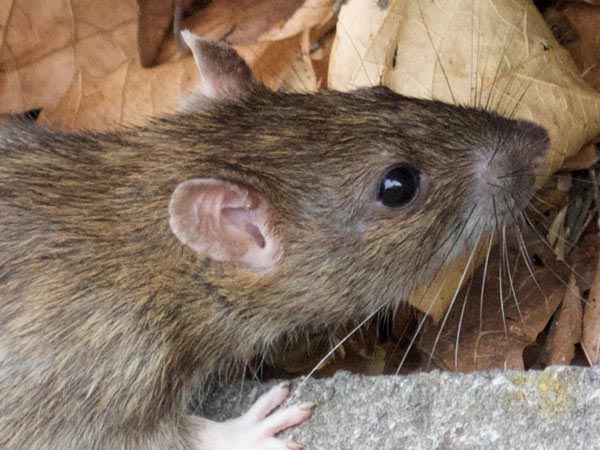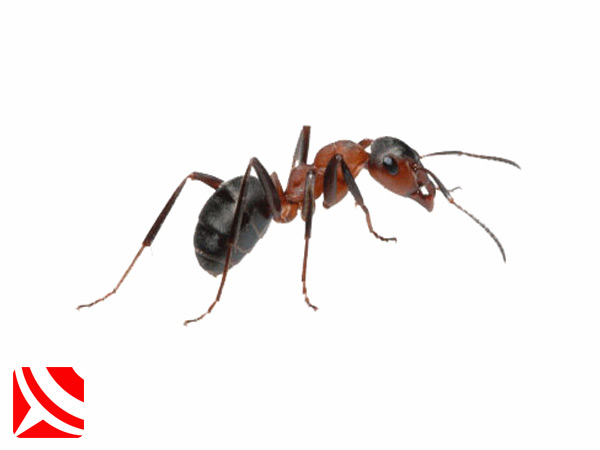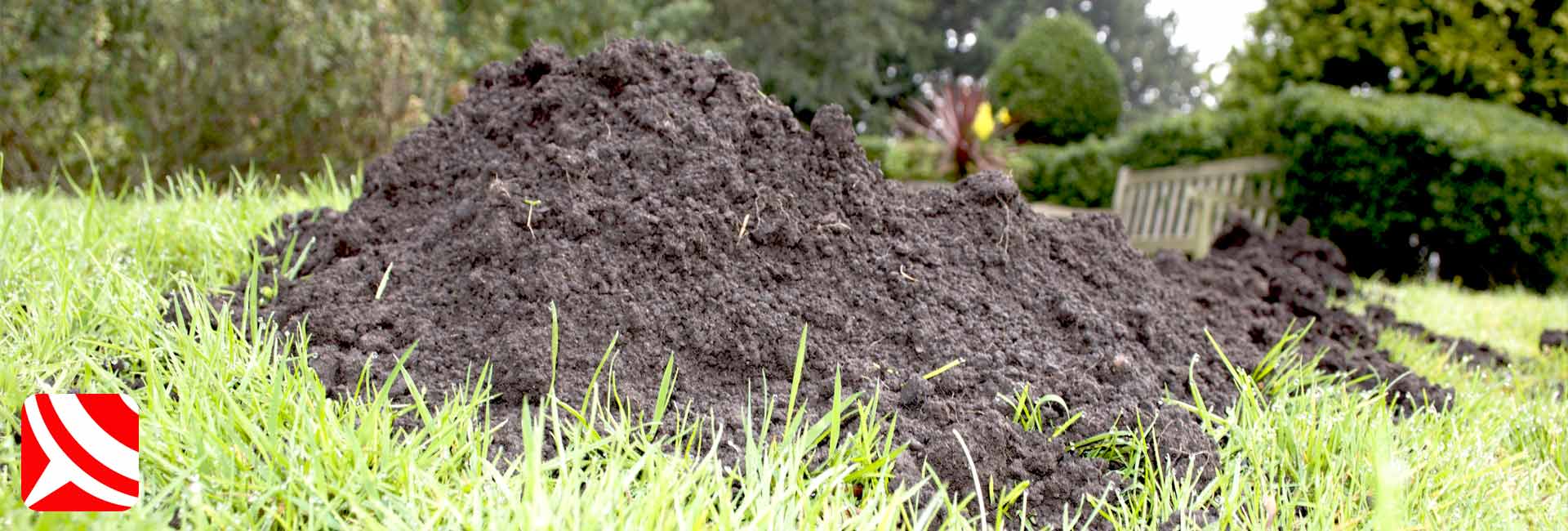Mole Control - Key Facts
Species: In the UK we have just one species of mole, Talpa europaea.
Family: Moles are not rodents, they are insectivores related to shrews.
Length: 15cm - Weight: 120g - Colour: Dark Grey/Black - Eyes: Tiny - Ears: Not Externally.
Breeding: Springtime - Late February to May with 3 - 6 young.
Family: They are not rodents, instead they are insectivores related to shrews.
Breathing: They are highly tolerant to carbon dioxide.
Sight & Hearing: Moles do have eyes, and eyesight as well as hearing.
Diet: Mainly worms and insects, but occasionally shrews and other moles.
Habitat: Subterranean, with soft - stone, sand and peat free soils preferred.
Garden Moles: Practical Information
Garden Moles are a very common subterranean pest, found in residential gardens, parks and agricultural pastures across the UK. Moles damage lawns, disturb flower beds and create tunnels that over time collapse, leaving holes that feet and hooves get caught in, leading to injury.
Most garden mole problems begin quite innocently with just one or two small mole hills. Sometimes this is all you will see, but more often than not it will be just the beginning of the moles master plan. Moles prefer to live alone, and only get social when breeding season arrives in spring.
Where population density is high and available space is limited, more significant populations of moles may be present, especially where there have been moles for many years. Tunnel networks can be so extensive that moles rarely if ever meet, even if they do overlap a little.
We see the damage moles cause every week, and customers tell us the problems they've had, just trying to keep up them. They can burrow through 100 feet of soil in a single day, creating many new molehills along the way. In some gardens, a number moles can move from adjoining fields and decimate a garden with good soil in a few short weeks.
Moles can also deliver a savage bite, full of harmful bacteria. To avoid the pitfalls of problem mole removal, why not give us a call and book a treatment.
How We Remove Garden Moles
The most common method of mole control, is lethal trapping. Many types of trap are available, and when used correctly, work exceptionally well. We tend to use up to three different varieties together in order to get the very best results quickly. This said, moles can be very difficult to control.
Is Permanent Mole Control Possible?
Permanent control is rarely possible, with moles, because they will travel between suitable sites above ground. The important course of action to be taken here is control and removal once two or three mole hills appear. The sooner we get to you, the lower the level of damage, and the more successful the treatment will be.
Do Moles Hibernate?
Moles do not hibernate! In the UK, only the Doormouse and Hedgehog hibernate, so all other animals, including garden moles, will remain active. The main difference with winter moles in their preference for deeper soil.
Colder conditions may flush moles from shallower soils into deeper soils and might be one reason why they spread into gardens from surrounding fields, etc.
Get more technical information on the scientific aspects of moles
Related Pests

Identification / Control / Elimination

Netting / Cleaning / Removal

Proofing / Control / Elimination

Treatments / Solutions



